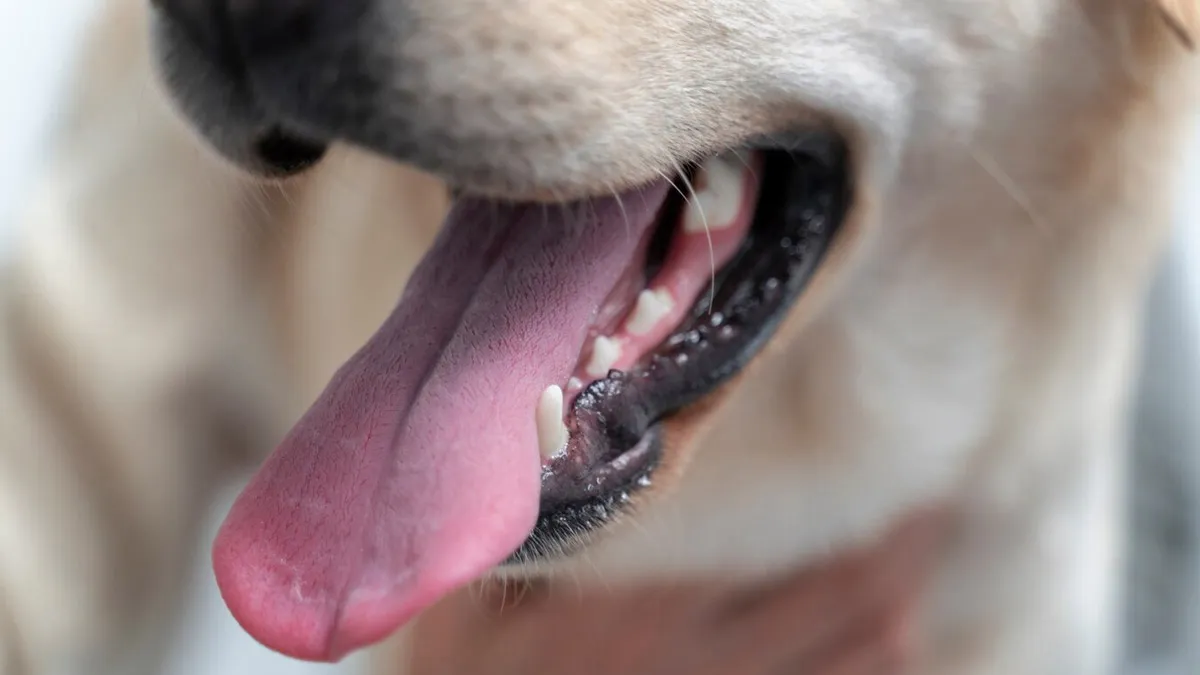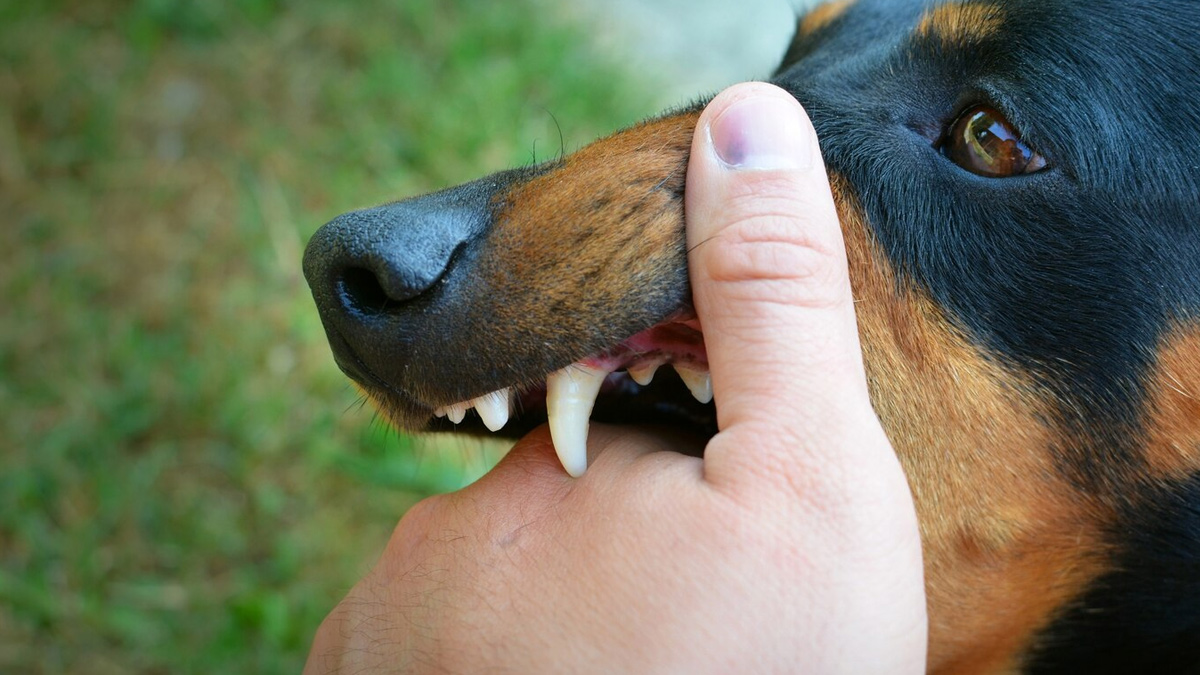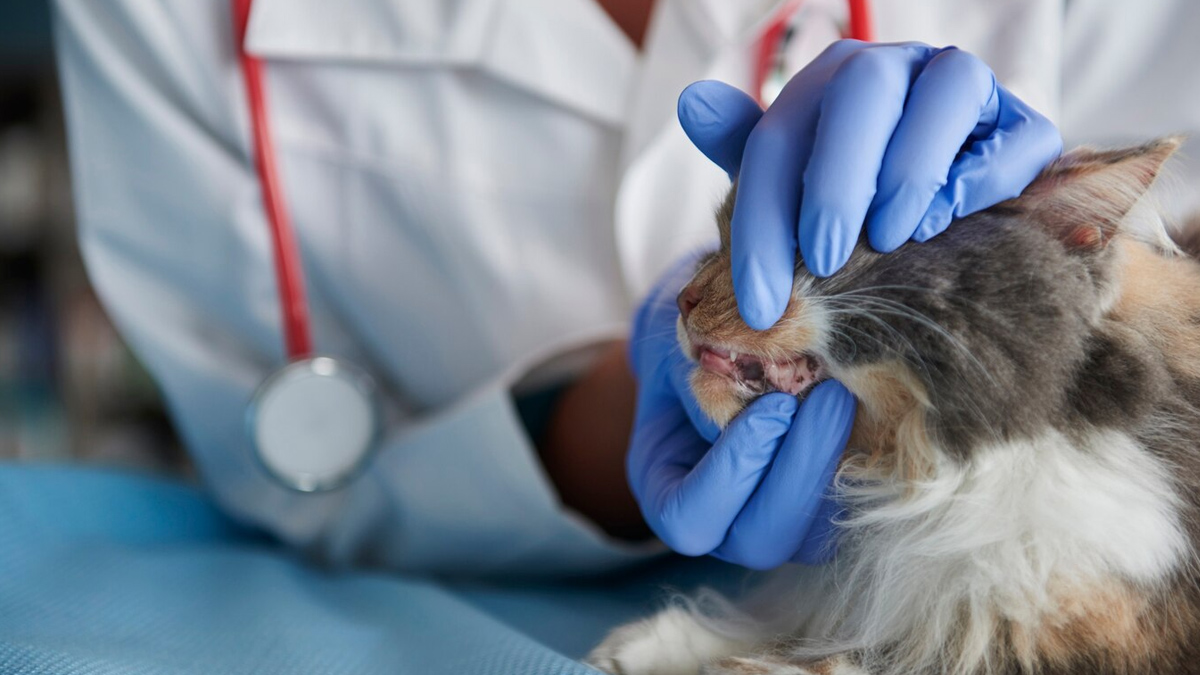
With increasing cases of dog bites in India, the threat of rabies has become a growing public health concern. Interestingly, in the US, the most common wild animals that transmit rabies are reportedly bats, skunks, raccoons, and foxes. When we think of rabies, we often associate it with a bite from an infected animal. But did you know that even your pet’s saliva can potentially transmit the virus? To understand how this happens, the OnlyMyHealth team got in touch with Dr Rishikesh Dessai, Consultant Physician, Department of Internal Medicine, Sir Gangaram Hospital, Delhi.
Table of Content:-
Also Read: At 22, Kabaddi Player Brijesh Solanki Dies Due to Rabies After Rescuing Stray Puppy - Report
How Does Rabies Spread?

Rabies is a deadly viral infection that affects the nervous system of mammals, including humans. It spreads from animals to humans typically through bites or scratches.
While the most common vector is dogs, many other mammals, including cats, livestock, and wildlife, can also transmit the virus.
According to the World Health Organization (WHO), in up to 99% of the human rabies cases, dogs are responsible for virus transmission, and children between the ages of 5 and 14 years are frequent victims.
Can You Get Rabies From A Pet’s Saliva?

According to D. Dessai, rabies is caused by a virus found in both wild and some domestic animals. He explained, "Rabies is transmitted through saliva, typically via bites, scratches, or licks on broken skin or mucous membranes."
While it's extremely rare, rabies can also be transmitted without a bite. If the saliva of an unvaccinated pet comes into contact with an open wound or mucous membrane, there's a minimal but possible risk of infection.
Steps To Take If A Pet Licks An Open Wound
The treatment for potential rabies exposure depends on the type of contact, said Dr Dessai.
If the exposure involves touching or feeding animals, licks on intact skin, or contact of intact skin with the saliva or excretions of a suspected rabid animal, then simply wash the exposed area with soap and running water for at least 15 minutes, followed by an antiseptic application.
If the exposure involves minor scratches, abrasions without bleeding, or nibbling on uncovered skin, then in addition to washing with soap and water for 15 minutes and applying an antiseptic, a rabies vaccine is also recommended.
Also Read: What Is Australian Bat Lyssavirus: NSW Man Dies Of 'Rabies-Like' Virus After Bat Bite
‘What If My Pet Is Vaccinated?’

“A dog effectively vaccinated against rabies cannot suffer or transmit the disease,” said Dr Dessai.
However, in the absence of laboratory documentation of protection, it cannot be presumed that a vaccinated dog is actually protected, given the variable efficacy of various anti-rabies vaccines in animals and the health status of animals,” he clarified.
Hence, irrespective of the vaccination status of the biting dog, the rabies vaccine should be given.
Conclusion
Even though the risk of getting rabies from your pet’s saliva is very low, especially if they’re vaccinated, it’s still important not to take any chances. Rabies is a deadly disease, but it’s also preventable with the right steps taken at the right time. If your pet licks a wound or you’ve had any unusual exposure, don’t panic, but do act quickly. Clean the area well and speak to a doctor. When it comes to rabies, it’s always better to be safe than sorry.
How we keep this article up to date:
We work with experts and keep a close eye on the latest in health and wellness. Whenever there is a new research or helpful information, we update our articles with accurate and useful advice.
Current Version